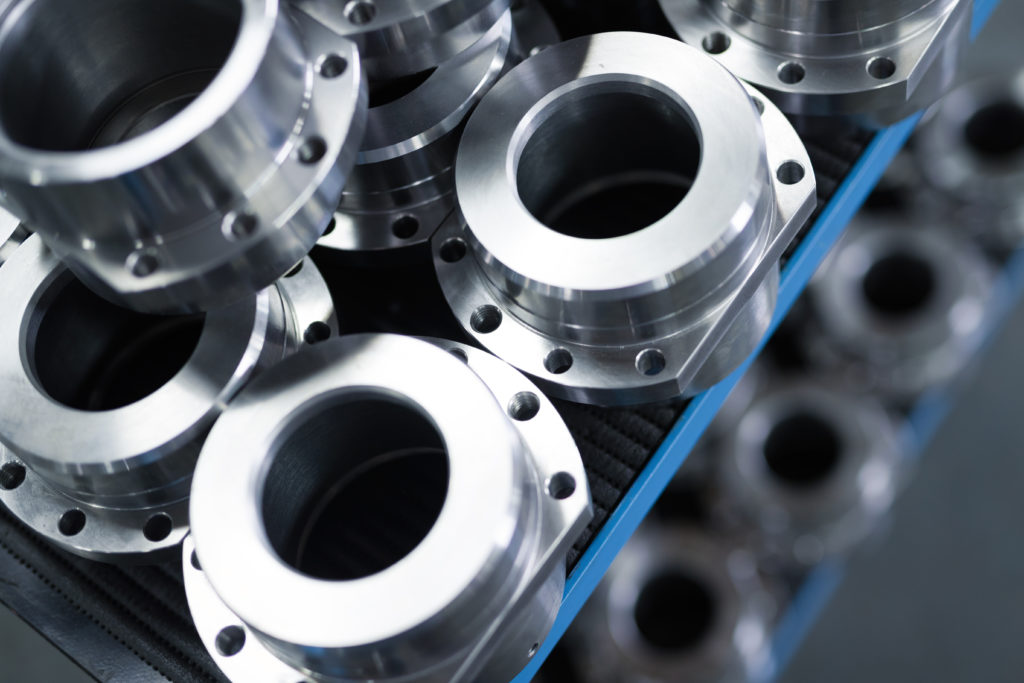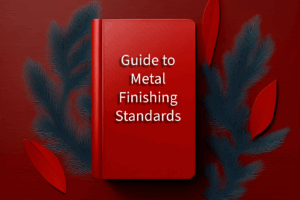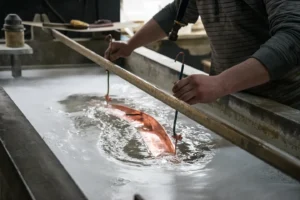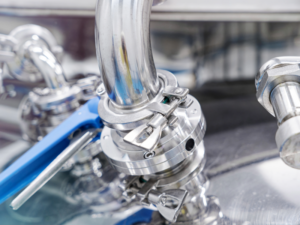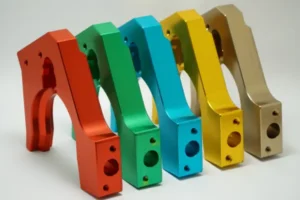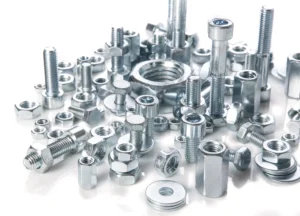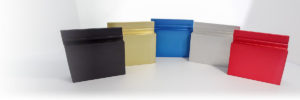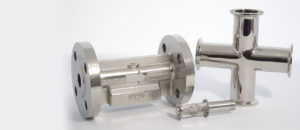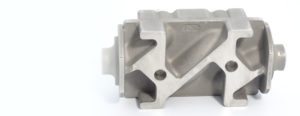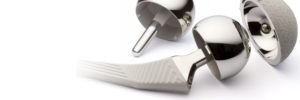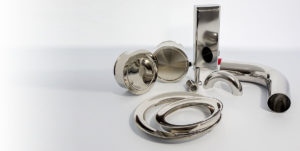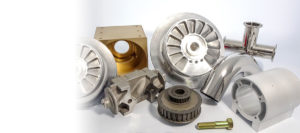We receive many inquiries asking if we passivate to clean equipment, tubes, fittings, valves, and other metal products. The short answer is yes, but other processes are often necessary to accomplish the specific results you are seeking.
Passivation is a method of finishing stainless steel and other metals that allows the material to become less affected by environmental factors. It is a process that exposes the metals’ inherent corrosion resistance properties, essential for parts machined from stainless steel. However, with certain stainless-steel alloys, passivation can harm the component causing intergranular corrosion. In these circumstances, electropolishing is often a better option.
How to Passivate Parts
A multi-step process provides the best possible corrosion resistance. The first step is cleaning to remove surface oil and impurities; the second is the passivating bath, then rinsing, and finally placing the parts in conditions to promote oxidation. As a non-electrolytic finishing process, passivation uses nitric or citric acid to remove free iron from the surface. The passivation process chemically removes free irons and adds a thin oxide film layer. Less iron at the surface means more chromium and a thicker chromium oxide surface when stainless steel is exposed to the environment. The result is a passive, protective oxide layer that is less likely to react with oxygen to initiate corrosion.
How clean is clean?
Oxygen cleaning is a high-quality cleaning process used on equipment and pipework to handle, store, and transport oxygen. For industrial or medical oxygen service, cleanness is critical to the safety of those working in and around the piping system. Greases, oils, dust, fibers, metal chips, burrs, weld slag, oxidation, and other contaminants in the assembly can present potential ignition sources and combustion fuel. Technicians use multiple processes to remove all combustible pollutants and passivate for surface protection.
A chemical cleaning process such as pickling can remove rust, mill scale, excessive weld oxide, or other debris. Then passivation is used to ensure no free-iron contamination and a corrosion-resistant finish. Finally, the technician determines the cleaning agent and application method depending on the system design, Intensity and type of the contamination, and the materials used in the equipment construction.
Medical implants and instruments require smooth, clean, and rust-resistant surfaces. Passivating stainless steel and other metals removes the iron from the surface, allowing the chromium to react with oxygen and create a protective coating that prevents future corrosion. Because passivation doesn’t eliminate rust or surface imperfections, parts typically require other finishing methods such as bead blasting, tumbling, or electropolishing before or instead of passivation.
It is common in the food and beverage industries to passivate stainless manufacturing equipment since the need for cleanliness and product safety for consumption is exceptionally high. Heat would likely affect various areas without it, resulting in rust and product contamination. Beyond passivating, there are many finishing and cleaning equipment requirements for food-grade applications. The surfaces must be free of lines, grooves, pits, or divots to avoid the potential for bacteria growth. In most applications, a finish that is considered food grade is achieved using a high-grit abrasive in the range of 150-220 and is identified by short, parallel lines that run the length of the material. The success of the finish is determined when a surface rhythmic (roughness) average (Ra) is achieved. Each project requires several products with various grits to reach the final finish.
Passivation is used in many industries because it provides corrosion-resistant, clean parts through a cost-effective process. It remains a critical step and can make the difference between satisfactory performance and premature failure.
Passivation is an essential step in manufacturing products using various grades of stainless steel. It begins directly after surface contaminants are completely removed but only in certain conditions. It is not unusual for the passive oxide layer of stainless steel to suffer damage from mechanical and industrial processes and environmental conditions. Thus, it is the reason passivation is the final process in manufacturing stainless-steel parts.
Testing for Passivation
It is crucial to validate the passivation of stainless-steel surfaces. Impossible to detect with the naked eye, passivation indicates that a protective layer of chromium oxide is present on the surface and ensures that the part will resist corrosion.
A variety of tests for passivation are available, but the grade of stainless steel is a factor when determining the appropriate method.
The water immersion test detects stainless steel’s anodic surface contamination, including free iron. The test exposes passivated components to distilled water for one-hour intervals immersed in water and one hour out of water for at least 24 hours.
The salt spray test is a laboratory test that provides a controlled corrosive environment to determine the corrosion resistance of stainless steel. It exposes components to a salt solution in a heated chamber.
The high-humidity test detects stainless steel’s free iron and other anodic surface contaminants. This test is performed in a humidity cabinet capable of maintaining 97% humidity at 100 degrees F for at least 24 hours.
The copper sulfate test detects the presence of iron and iron oxide on the surface of passivated stainless steel. A six-minute test indicates if free iron is present if a copper film develops.
The potassium ferricyanide-nitric acid test detects iron on austenitic 200 and 300 series stainless steels but not for any 400 series. If free iron is present, a blue color will appear.
Contact us to learn more about passivation, oxygen cleaning, decontamination, or other finishing services.
